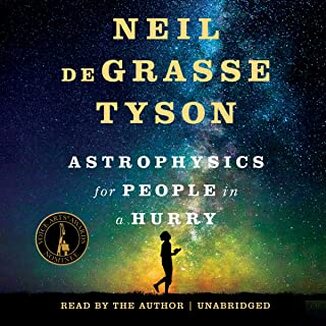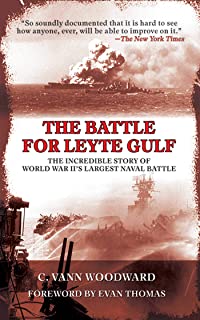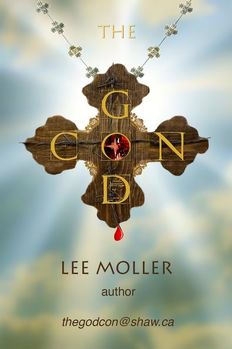 This is a very quick read. Tyson is an decent writer with unbounded enthusiasm for his work. For me, this was mental chocolate: sweet, over quick and familiar. For most readers, however, I think a large percentage of this book will be new information… information that we all should have. It speaks to where we are in the grand scheme of things, but most importantly, it tells of just how grand the grand scheme is. And no, there is no schemer, only the laws of physics. In my life time, the amount we know about the universe has increased many fold. No other people in history have seen this happen. The trend will continue, but as time goes by, the revelations are bound to get smaller and less impressive. In other words, it is a great time to be curious.
1 Comment
 The Philippines are a large group of islands in the Pacific. The western part of the island group is largely open to the ocean. It is easy to enter the inner seas from the west. The east is a different matter. Luzon to the north and Mindanao to the south are the largest islands in the group. Samar and Leyte, essentially one island, are to the south and east of Luzon and form the eastern shores of the Philippines along with Mindanao. In late October, 1944, a major landing was underway at Leyte Gulf in anticipation of MacArthur's return and the liberation of the Philippines. Leyte Gulf was filled with helpless transports and an attack by the Japanese was expected. There are three ways to get to Leyte gulf. From the west (the Japan side), one can go through the Philippines via the Sibuyan sea and exit on the east side of the Philippines through the San Bernardino Straights, which separates Luzon from Samar and Leyte, and then turn south towards Leyte gulf. Or one can approach from the south, taking the Surigao Straight north of Mindanao, which opens onto Leyte gulf. The only other approach is from the eastern Pacific, an area controlled by the US. This is the field of battle for the largest naval conflict in history. Japan was going all-in. Either they beat the US back, or Japan's navel dominance in then Pacific would be over, and Japan's fate sealed. Prior battles, especially the "Great Marianas Turkey Shoot", had all but wiped out Japans naval air power. They had carriers, but few planes and fewer crews to man them. However, they still had the world's two largest battleships ever: the Yamato and the Musashi. The US was fighting far from home. They were stretched thin on ammo and fuel. But by all measures, they out gunned the Japanese. This was a very complex battle that took place over a few days. I will give a 50,000 foot description. The Japanese were in three groups (JN, JM, JS). JN (for North) hung off the Philippines to the north and east. It was a carrier fleet, with almost no planes. It included the Zuikaku, the last Pearl Harbor flat top still afloat. It would not survive this battle. This fleet was assigned to throw itself at the northerly American ships as a feint to draw the Americans away from Leyte. They expected to get cut to pieces… and they were. JM (for middle) went through the Sibuyan Sea and out the San Bernardino Straights. Its job, as was JS's, was to sink American ships and stop the invasion. JS (for South) approached from the south through the narrow Surigao Straights. The Americans were in three groups (AN, AM, AS). AN was Bull Halsey's group. Their primary task was to guard the San Bernardino Straights. Halsey would split his force to create AM. AM included a group returning from refits that were not completed. It steamed into the middle off Samar Island. AS was to guard the Surigao Straights and the Leyte landing. The Americans hit JN first by air in the middle of the Sibuyan Sea (the Battle of the Sibuyan Sea) , sinking the Musashi (the first Japanese battleship to be sunk my air power alone), and hurting the Japanese. The US over-estimated the damage done. Then the Americans waited for the Japanese JS at the top of the Surigao Straights and beat them back decisively. The Battle of Cape Engano (located off the north end of Luzon) followed with JM vs AM. It was a draw. And finally the Battle of Samar finished the encounter. This battle saw the introduction of the Kamikaze. The US took a lot of damage in this battle, mostly to escort carriers. A lot of ink has been spilled on AN and Halsey. He did manage to finish off Japanese naval air power, but it was already all but dead. He spent most of his time steaming toward a fight rather than fighting. He left his post guarding the San Bernardino Straights to get JN. This left AM unable to handle JN when it slipped through the San Bernardino Straights un-noticed. An equal amount of ink was spilled on why JM decided to bug out. The Battle of Samar was in Japan's favor. AM was on it knees, but they did not know that, nor did they know that JAs feint had actually worked. Poor communications. Had they continued to steam south to Leyte Gulf, they would have wreaked carnage. But instead they turn back through the San Bernardino Straights. The Americans out gunned the Japanese and expected a win. Halsey almost reversed that. Poor intelligence on both sides led to poor decisions. Both sides also had command issues. There was no over all commander on either side. This led to poor coordination of attacks. There was much carnage to follow before the war would end, but the Japanese would never again pose a serious navel threat (this does not count kamikazes). The book is a fairly quick read. Lots of details on who did what, when, and why. It illustrates the old maxim that no battle plan ever survives contact with the enemy. It certainly underscores the need for good communications. In 1944, most ships ran "silent" and only sent short transmitted radio messages in code. This lead to delays and errors. |
AuthorLee Moller is a life-long skeptic and atheist and the author of The God Con. Archives
May 2024
Categories
All
|

 RSS Feed
RSS Feed